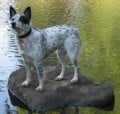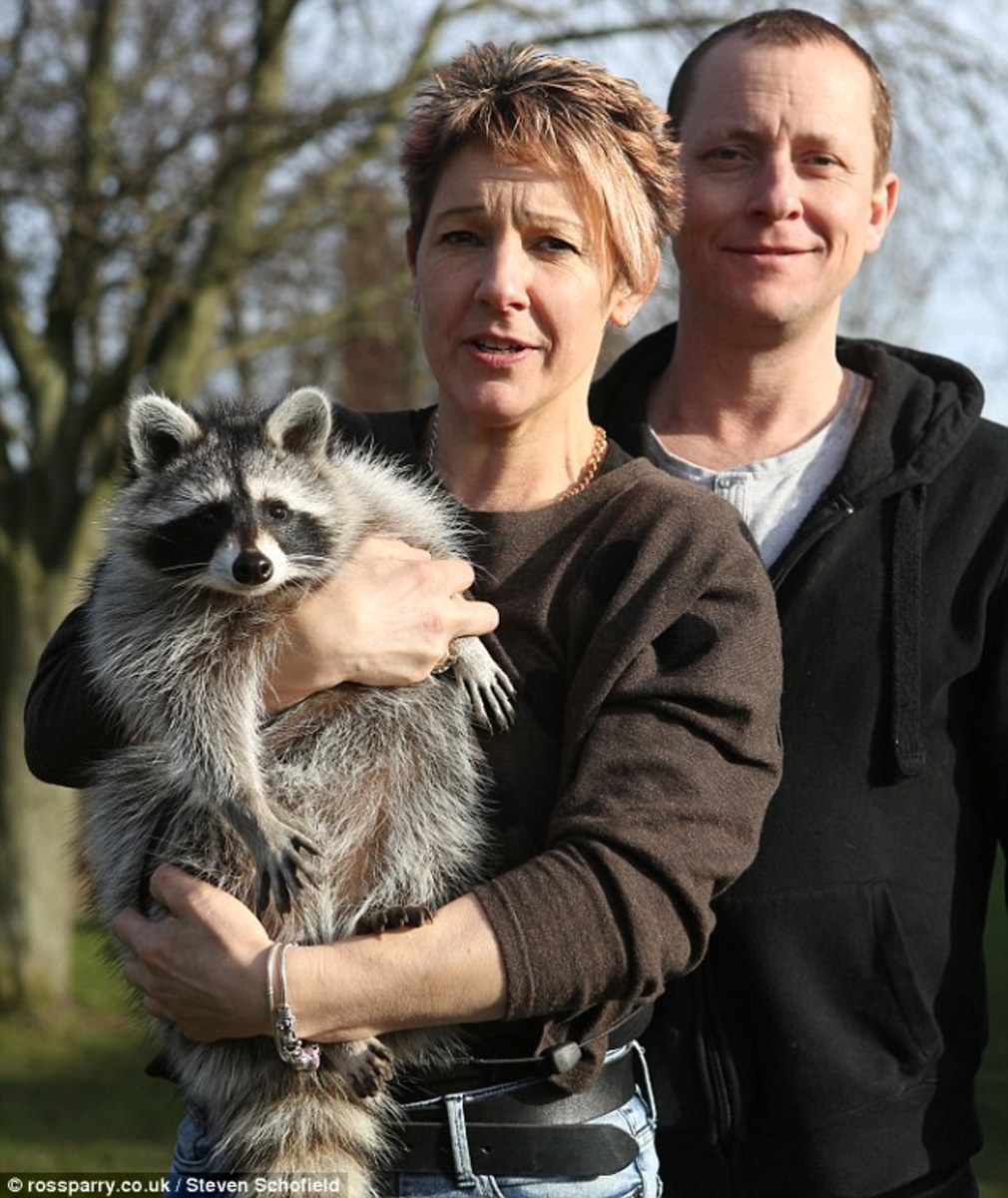Wolves to "Man's Best Friend"


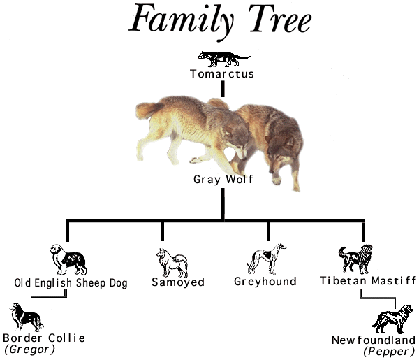
How did wild wolves turn into “Man’s best friend?” There is little doubt dogs descended from wolves, and was probably the first animal to be domesticated. Yes, dogs are a subspecies of the wolf. Dogs are of the species canis lupus familiaris and wolves are canis Lupus. They can not only produce offspring, but their offspring are able to reproduce, something hybrids like mules cannot do.
Despite similarities, there are a few differences. Like domestic dogs, wolves have 42 teeth, although the wolves 4 canine teeth are much longer. Wolves’ legs move differently while running and the social system in which wolves live is not like that of domesticated or wild dogs. And wolves only breed once a year, where domestic dogs can breed twice. But much about the origin of dogs has been thrown into doubt.
Conventional thinking has it a wolf pup was most likely picked up by a band of wandering nomads and eventually bred with other human-adopted wolves. But is this really where domestic dogs we know today came from? Some researchers have doubts.

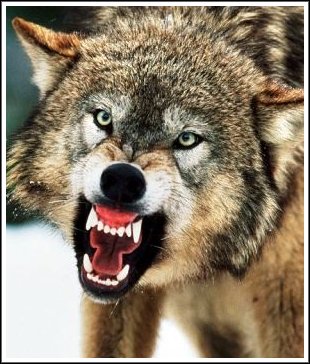
Recent researchers working with DNA techniques have found evidence which suggests a much different origin. The concept “wolf dogs” may have lived among Stone Age cavemen peoples came from discoveries of canid bones and skulls at a European archaeological site indicating dogs split from wolves maybe as far back as 135,000 years ago. Some genetic research in the 1990s supported the theory. However, more recent studies strongly suggest domestic dogs did not originate in Europe, but in the Middle East. And long after the Stone Age.
Both theories were put to the test in 2002, when Peter Savolainen, a Swedish molecular biologist, and his associates published results of their research on dog DNA.
Savolainen became interested in the evolution of dogs in 1992 while working with Sweden’s National Laboratory of Forensic Science. He analyzed dog hairs found at two high-profile murders. Although he didn't solve the crime, it led him to study the heredity of domestic dog breeds with DNA technology. “We expected to see different DNA types within each breed,” says Savolainen. “But we found the same type in all breeds, whether it was a German shepherd or a poodle.” These findings meant there must have been a common ancestor for the domestic dog.

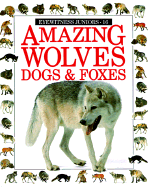
In 1998 Savolainen began collecting dog hairs from wherever he could find them to collect and examine. Three years later he had over a 1,000 hair samples representing dogs from around the world. His results showed more DNA types in hair samples from East Asian dogs indicating domestic dogs originated in East Asia.
This suggestion, if true, would place the origin of dogs several thousand miles farther east than many experts previously thought, and it would trace their source gene pool to a few female Asian wolves about 15,000 years ago.
Other genetic studies conducted by Swedish researchers found dogs in modern America are almost genetically identical to Old World dogs. This would suggest Native Americans did not domesticate dogs from wolves. Rather, domesticated canines came with them when they crossed the Bering land bridge around 12,000 years ago.
However, that still leaves the question of how domesticated dogs evolved from wolves. What was the process that transformed wild wolf to dog? Raymond Coppinger, a retired biologist from Hampshire College in Massachusetts, believes he has the answer.
He believes wild wolves domesticated themselves. On the face of it, this hypothesis may seem ludicrous until putting it under a microscope and examining the period when domestication was thought to have occurred, and the kind of societies existing then.
Coppinger proposes, people living at the time would not have had the time, motivation or knowledge. Coppinger holds a wolf pup would need to be separated from its parents by the time it was 19 days old. According to Coppinger, any later than that, it would always remain a wild, potentially dangerous animal. Not to mention, they are extremely difficult to train.
He theorizes the domestication process was initiated by the wolves themselves around 10,000 years ago as humans established settlements. Wolves began visiting village garbage dumps for food scraps. At first, wolves probably fled when humans approached. But over time they eventually became used to their presence and took up residence in the village.
The mysteries of the wolf’s evolution into the dog may never be fully understood, but one thing is certain: Wild wolves are an endangered species in many places today. Visit www.savewolves.org to learn more about what you can do to help protect them.



